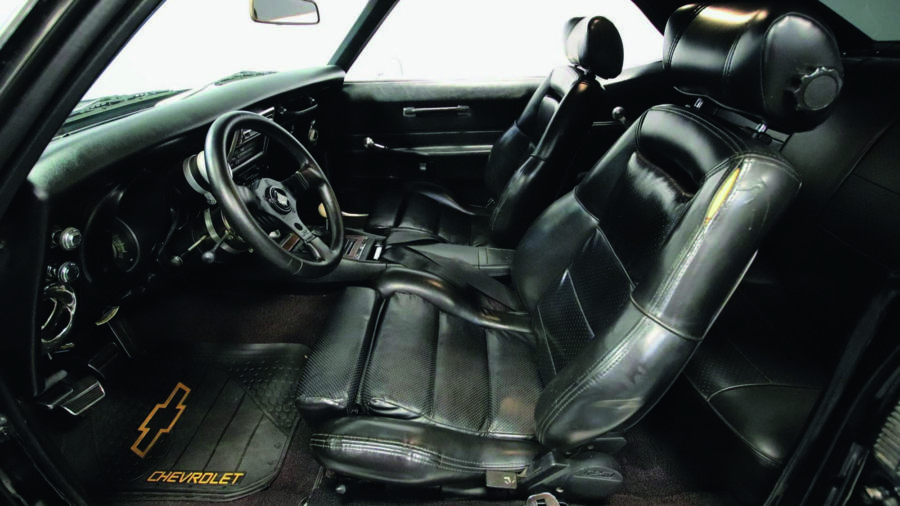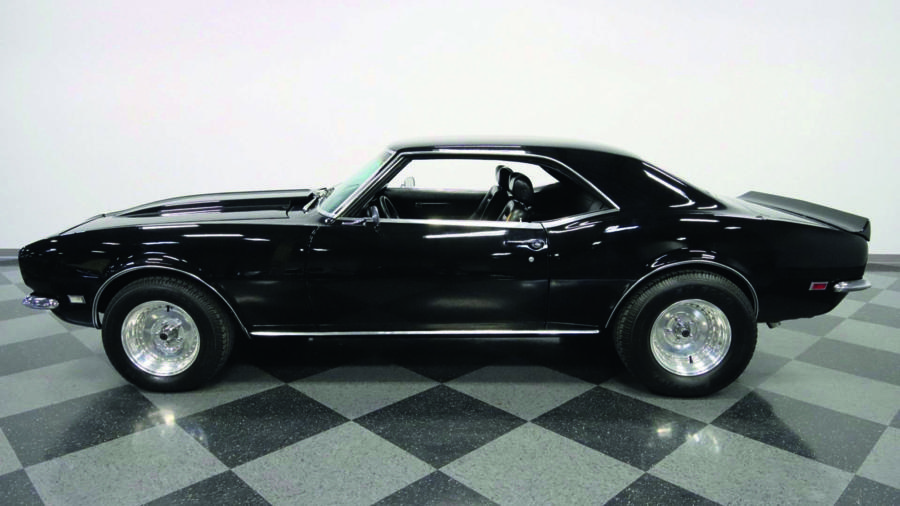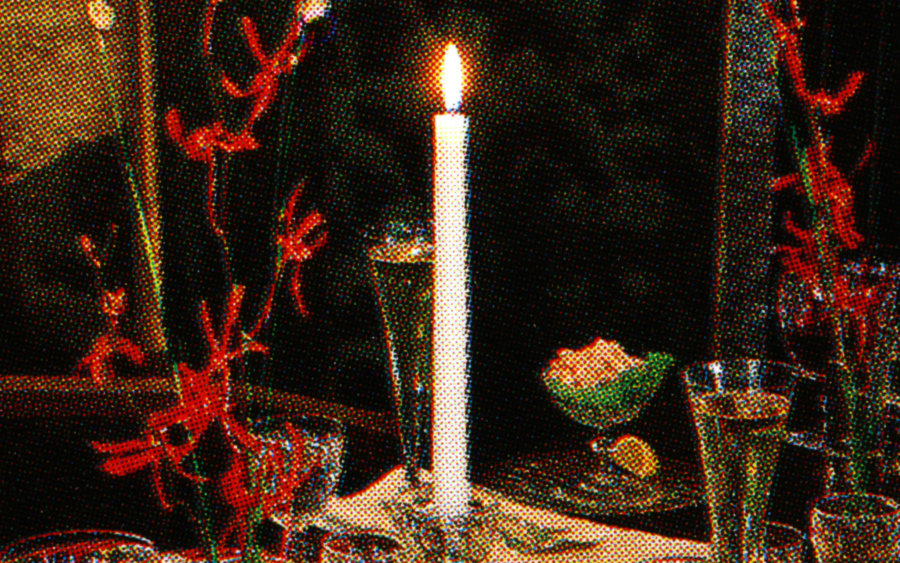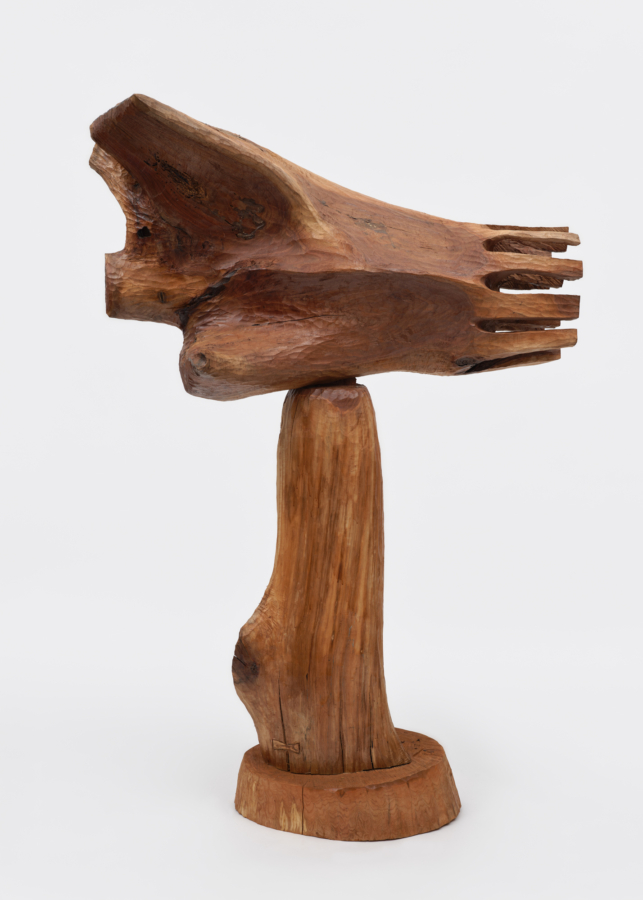Will Boone: The Highway Hex, published by Contemporary Arts Museum, Houston, 2020.
Download as PDF
Will Boone: The Highway Hex is available here
I feel like this would have been around 1999. I was driving with my friend John, whom I had grown up with in Dallas. We both lived in Austin and we were driving back up to visit family for the weekend. It was pretty typical. I used to have a black Geo Tracker jeep with a soft top and, during the eight years I lived in Austin, I was always driving back and forth. The route was just like the back of my hand. On that three-hour drive, Waco is the halfway point, and usually we would never stop for any reason.
John and I went to the same high school. In Austin, we worked together and hung out a lot more. We kind of got into the spirit of looking for weird things. In high school my friends and I were always looking for quirky, Texas- type stuff. We would go to abandoned places and other oddities like that, for sure. Random places. I don’t really think there were a lot of ghost stories or legends in North Texas, except for the White Rock Lady of the Lake and the ghost in the art gallery in Deep Ellum my mom used to co-own with some friends. I grew up with those stories and we always told them, so they were part of my upbringing.

Interior of David Koresh’s 1968 Chevrolet Camaro.
We lived for the kind of dive-type places. In high school, we used to hang out at a diner called the Pit Grill. Every weekend we would be there late into the night drinking coffee, smoking cigarettes, and eating grilled cheese sandwiches. Whatever random people came into the diner, we would try to talk to them. I hope my mother doesn’t see this, but I was probably sixteen years old, and we made friends with some old trucker dude. He called up his favorite bar and convinced them to let his “four daughters” in. That’s when we first started going to bars, like honky-tonks. Little hole-in-the-wall-type places. Not the big, boot-scootin’ places. We always sought out what was a little weird. I guess our style from back in that day was like cow punk, you know? We weren’t like the punks that I’d come to know in Los Angeles, like the really cool East LA punks. We were a mix or a hybrid; a little bit country, a little bit punk, and maybe we were looking for those situations that were provocative or off.
I graduated high school in ’92 and John was from that same side of things. Then we started hanging out in the late 90s. It was just normal. We were laughing and driving and giggling about stuff and all of a sudden he said, “Hey, do you want to go see where the David Koresh compound was?” We were getting close to Waco. This was all pre-Internet, so we had just heard about it on TV. I remember watching the agents storm the compound, how it was repeated on the news, and the fires. It sounded so crazy, but at the same time it wasn’t that off. Those kinds of stories feel like part of your upbringing. What happened was terrible and awful, but it wasn’t unbelievable that there was a guy who thought he was a Christ figure and had a compound full of people that went awry. In hindsight, of course, it’s completely tragic for all the women and children and everyone involved. At the time I didn’t necessarily have this association with it, because I had just seen it through the media. Also, I grew up religious, so fanaticism was part of the zeitgeist. I grew up Southern Baptist in the Spanish-speaking church, but I also went to church revivals and a lot of other kinds of churches where a little bit of that Holy Roller thing was present, that extreme belief, where people get caught up in it. I’m pretty sure I got baptized three separate times.
John and I just decided, “Let’s do it.” We felt like we were doing something a little sneaky, but at the same time seeking out adventure, and then also looking for the weird. The kind of thing that felt like it had its own mythology, its own lore around it. We just did it on a whim. We were driving north from Austin and I remember we were like, “How are we going to find it?” It’s not on a map. We didn’t have a map, didn’t need a map, didn’t have cell phones, you know? It was before all of that. We just said, “Let’s go ask.” We’re going to ask locals, let’s go to a bar. We found some very honky-tonk looking, low-ceiling, small, repurposed building bar where we just walked up to the counter and started talking to folks. Right away, they told us. Right away. It wasn’t even very long of a conversation before they started talking about it and telling us what they remembered. Then, the lady that was serving us beers at the bar called this guy Bubba, or whoever, from the back. He pulled out a napkin and drew us a map.
We went from there. What I remember is that it wasn’t even very far. I feel like it was twenty minutes from the highway. Waco’s not a big town now, and it wasn’t a big town then. Once you’re off the main drag, you’re out in the country. We followed the directions, but it felt like we didn’t know where we were going. Then, all of a sudden we realized that we were right there. We were driving up, and it was very, very dark. There were no overhead lights. It was really late at night. I just remember driving up, and it felt like it was, if I’m recalling it correctly, more. . . . It’s so flat in Texas, but I just remember this being more of an uphill—not a summit, by any means, but some kind of a low hill. Then, it just got darker, and darker, and darker. Finally we realized we were on this big open plain.
The houses had ended a while back, and then we were just like, “Oh my God, is this it?” I was surprised. I had expected to see remnants of something, or a big burned building, but it looked like it had been razed and grass was starting to grow over. It was very spooky, you know? It had that energy around it. You know when you’re in a place where you feel like there have been lives lost, or the spirit of people that have been there before. I think that was what made us realize that we were in the right place. We got that sensation. The moonlight was not very bright, so it was just really, really dark. When you’re out in that stillness and you get that kind of energy . . . it was really creepy and surprising.
Then, all of a sudden, we saw these lights from behind us, and it was another car approaching. We thought it was really, really weird because we felt we were so isolated. Once we saw the car, we were like, “Oh my God, we’ve got to get out of here. We’re not supposed to be here.” I got back into the car, and then I realized it was stuck in the mud.
My little jeep was not able to get out. It was totally dark, and we were trying to push it. Then we started to get scared because the other car kept coming closer and closer. It was one of those situations like you see in the movies, where the headlights are shining on you and you can’t see the people. I remember these three big guys got out of the truck. It was a big Texas truck. They got out and they started walking toward us. I was like, “Oh, my God. We’re going to die.” I don’t know what it was, but I felt this imminent sense of death, like something tragic was about to happen. I was looking at John like, “I guess they’re going to beat you up, and then take me and I don’t know what’s going to happen,” you know?
All of a sudden, one of the guys said, “What are y’all doing out here?” We said we were “looking for the Koresh compound,” or something. We had admitted it, and then the guy was like, “Yeah, this is it.” I was like, “We’re trying to get out of here.” He said, “Y’all stuck?” And we said, “Yeah.” He was just like, “Hang on”; he had a hitch on the front of his bumper, and he hooked it up to us. In a heartbeat, he pulled his truck back, and it whipped my little jeep out of the mud, and that was it. We hightailed it out of there. It gave me a moment of perilous fear—like something’s going to happen, or someone’s come back that was a Koreshian and they were protecting their territory. I don’t know why they were there, exactly. I think they said they lived nearby, and maybe they had seen our car, or they were coming to check it out.

David Koresh’s 1968 Chevrolet Camaro.
We went back to the bar and we were actually shaking. You know the whole thing shook us up a little bit. It got scary . . . but it was funny, and the pursuit of it was like, “Oh, we shouldn’t be doing this, but let’s do it anyway.” We found the place and as we approached it, it felt very ominous. Then it started to feel very scary really quickly, and when the guys were getting out of the truck, all of a sudden it felt life threatening. It all happened very quickly, and then they just whipped us out of the mud, luckily, and then we went back to the bar.
We were in that state of being scared but laughing about it at the same time. The same lady was behind the bar, and we were telling her our story because now we had one to tell. I remember her name was maybe Bonnie, or something like that, and she had a backscratcher in her tip jar. She just pulled it out and said, “It’s all right darling,” you know, just scratching her back while she was talking to us. We talked to the bartender and we talked to a couple of the barflies around us. Everybody remembered it. Everybody was aware of it of course. They had almost a distant way of talking about it, like, “that mess that happened up over there,” that kind of thing. I had a Lone Star, and then we hit the road.



